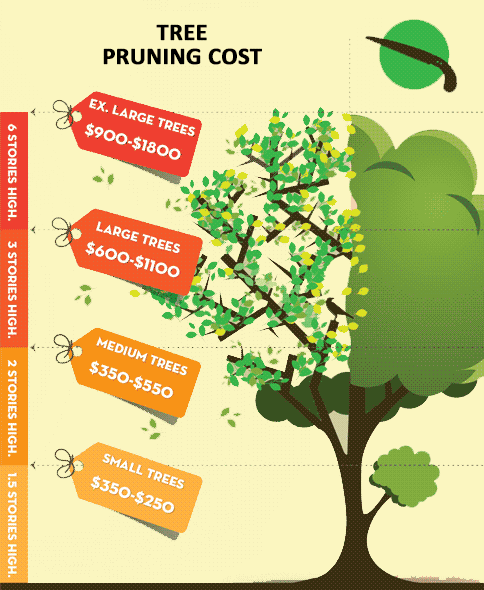Ideas That Suggest Tree Elimination: Just How To Spot Hazardous Trees
Ideas That Suggest Tree Elimination: Just How To Spot Hazardous Trees
Blog Article
Web Content By-Velling Cormier
When it pertains to tree treatment, identifying the signs that it's time for removal is necessary for your safety and home. You may see discolored leaves, wilting branches, or strange fungal growths suggesting health issue. Architectural issues, like a substantial lean or splits in the trunk, can additionally present threats. Comprehending these indication can help you make educated choices regarding your trees and avoid prospective dangers hiding in your lawn. What should you look for following?
Indications of Decay and Illness
When you see signs of decay and condition in your trees, it's crucial to act swiftly. Seek tarnished leaves, wilting branches, or uncommon growths like fungus. These can indicate that your tree is battling.
If you see splits in the bark or soft, mushy timber, these signs and symptoms recommend interior decay. Additionally, a sudden boost in pests around your tree can signal that it's deteriorated and vulnerable.
Check for any dead or passing away limbs, as they position a danger to your residential property and safety and security. If you doubt about what you see, consulting an arborist can offer quality.
Dealing with these indicators early can save you from more extensive damages and make sure the health and wellness of your lawn. Don't wait until it's too late.
Structural Instability and Leaning
As you observe your trees, watch out for any kind of signs of architectural instability or leaning. If a tree leans substantially, it might indicate that the root system is jeopardized.
Try to find any cracks in the trunk or dirt around the base; these can signal prospective failing. Additionally, check for uncommon development patterns, like a lopsided crown, which might suggest that the tree is battling to hold itself upright.
If you notice that the tree favors your home, high-voltage line, or other structures, it poses a higher risk. Don't disregard these indications-- consult an arborist to examine the circumstance.
Doing Pruning A Maple Tree about it early can protect against expensive damages and guarantee your safety.
Dead or Dying Branches and Foliage
If you observe dead or dying branches and vegetation on your tree, it's a clear sign that something's wrong.
These harmful areas can indicate underlying concerns like disease, parasite infestations, or ecological stress. When branches lose their fallen leaves or turn brown, they're no more adding to the tree's health and wellness. Ignoring these indications can lead to further decline, making your tree a lot more dangerous.
Dead branches can conveniently break short during storms, posturing a threat to home and individuals nearby. It's vital to examine the level of the damage.
If the issue influences a significant part of the tree, consider seeking advice from a specialist. They can aid establish if elimination is essential to make certain security and preserve the elegance of your landscape.
Verdict
If you notice any kind of signs of degeneration, structural instability, or dead branches on your trees, don't neglect them. These signs can posture major safety and security threats to you and your residential property. It's always best to get in touch with a professional arborist that can provide an expert evaluation of your trees. Taking recommended you read can stop crashes and pricey damage, ensuring your landscape remains risk-free and healthy and balanced. Bear in mind, it's better to be aggressive concerning tree care than to wait for a disaster to occur.
